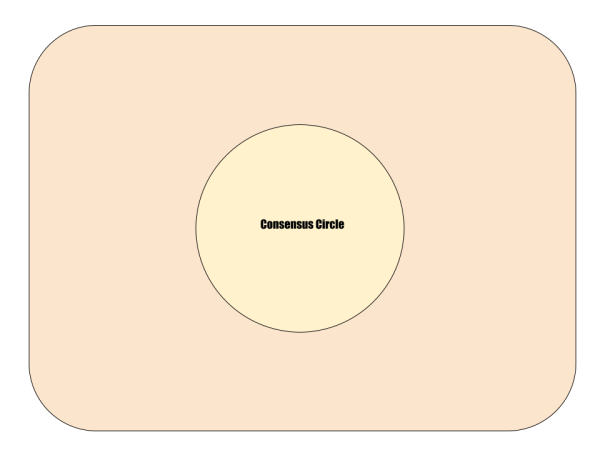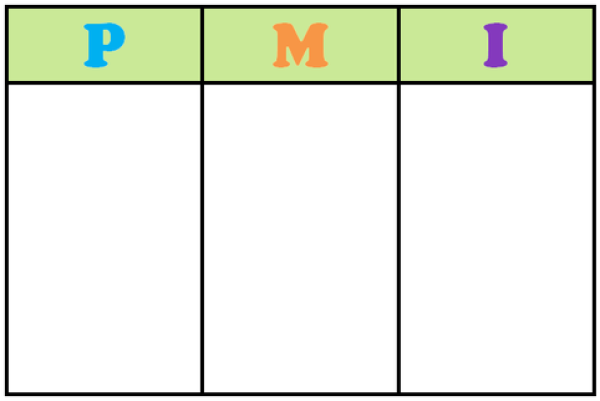I can be collaborative
ASPIRE Learner Skill Description
- I work well with my learning partner and within a group so that we can learn more as a team.
Group Work Expectations
Collaborative learning has been shown to not only develop higher-level thinking skills but boost your confidence and self-esteem too. However, to work effectively in pairs or small groups, you need to plan carefully and agree some rules.
- Set out some rules and expectations within your group
- Respect each other: Listen to everyone.
- When somebody is talking, track them with your eyes.
- Use quiet voices: Only your group should hear you.
- Participate: Join in and do your part. Contribute to the learning.
Tips for Good Group Work

Occasionally, summarise what has been said to let your peers know that their contributions have been heard

If someone says something you don't understand, ask them politely to explain it again

If you don't think you have been understood, ask someone else to summarise your contributions

When noting points that group members have made, use different colours for each person to make sure that everyone contributes
PMI Charts
Consensus Circle

- Groups of students start with a piece of paper with a large circle in the middle
- Each student should consider the big question and write their own thoughts outside the circle
- Students discuss their thoughts and whenever agreement is reached, the idea is written in the circle
- Contradictory statements may be provided by the teacher to 'stir things up a little'
- Students share their consensus thoughts with the other groups of students

